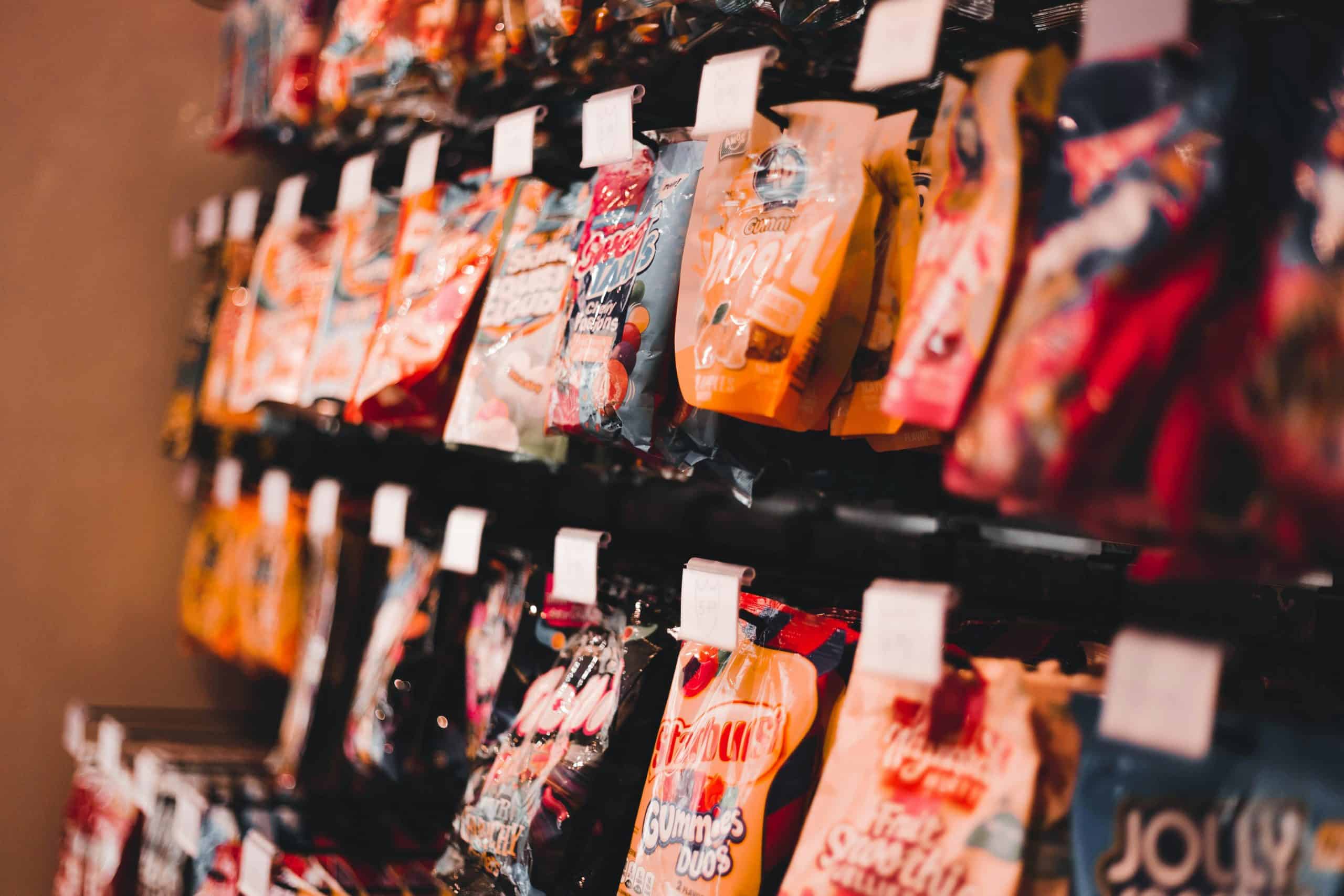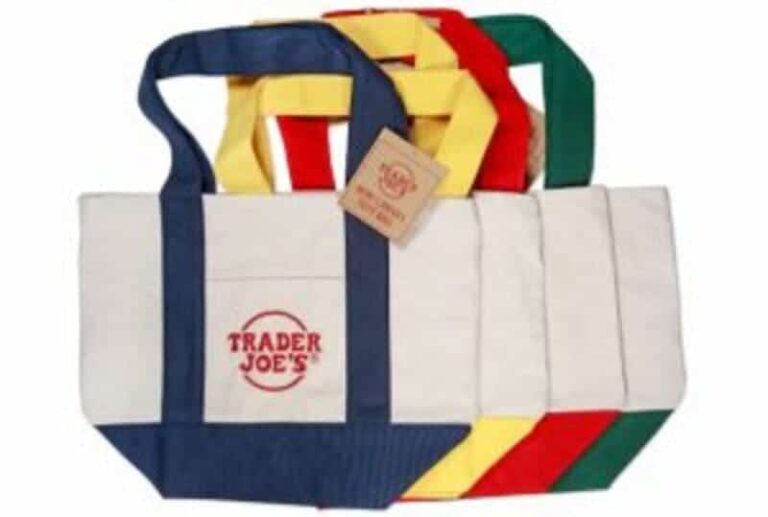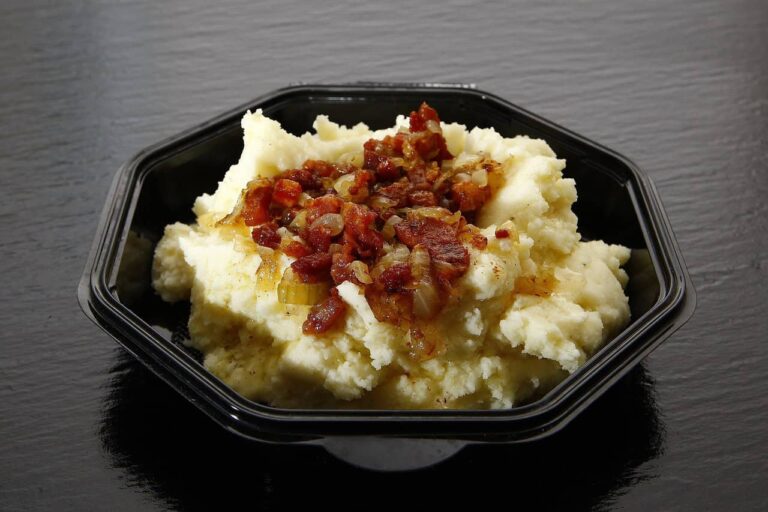Soda and Candy Limits Coming to SNAP Purchases in These 6 States: What You Need To Know
Texas, Oklahoma, Louisiana, Colorado, Florida, and West Virginia are the six states in the United States that are getting ready to make significant changes to the Supplemental Nutrition Assistance Program (SNAP). They will restrict the use of benefits to purchase soda, candy, and other sugary or processed foods beginning in 2026. This shift marks a significant change in how SNAP operates and highlights growing worries about public health, nutrition, and how government assistance influences consumer choices. State officials want to reduce long-term healthcare costs associated with diet-related issues while also encouraging low-income families to adopt healthier eating habits.
The USDA’s approval of waivers for these states is indicative of a broader trend toward giving local governments more control over SNAP regulations. This may result in similar modifications throughout the nation. These changes raise important questions about food equity, access, and the fine line between personal choice and public responsibility because millions of Americans rely on SNAP to feed their families. These new SNAP restrictions are poised to shake up grocery shopping and spark discussions about what it means to promote healthy living through federal support. They may be viewed as a bold step toward nutritional reform or as an infringement on personal freedoms.
States Introducing SNAP Restrictions
Six states—West Virginia, Texas, Oklahoma, Louisiana, Colorado, and Florida—are planning to implement new regulations. It will prohibit benefits recipients from purchasing soda, candy, and other sugary or processed foods beginning in 2026. The USDA has given these states waivers, allowing them to redefine which foods qualify for Supplemental Nutrition Assistance Program benefits. The objective is to reduce the consumption of foods linked to long-term health issues and encourage healthier eating habits.
Why Soda and Candy Are Targeted
The decision to limit purchases of soda and candy stems from growing concerns regarding the health effects of sugary foods. Obesity, diabetes, and other health issues related to diet are frequently linked to these items. States hope to encourage recipients to make healthier choices and reduce long-term healthcare costs by removing them from the SNAP eligibility list.
State Flexibility
This project is part of a larger effort to better align SNAP with national health goals. States can now tailor the benefits to meet local health and nutrition goals thanks to updated federal guidelines. As a significant step toward state-led initiatives, the USDA’s approval of waivers for these six states gives governments a more active role in shaping food assistance programs. Although this adaptability may result in nutrition support that is more tailored to the individual, it also raises concerns regarding fairness and consistency across states.
Impact on Recipients
Millions of Americans depend on SNAP to put food on the table, and the new restrictions are set to change the way beneficiaries shop for groceries in a big way. While some folks might be on board with the idea of healthier options, others are worried about losing their personal choices and the stigma that can come with accepting food aid. Plus, these changes could lead to some confusion at checkout counters, meaning stores will need extra training to keep up with the new rules.
Other States Watching Closely
In addition to the six states that have already implemented changes, additional states are researching similar SNAP policy reforms. Waivers have been granted to Arkansas, Idaho, Indiana, Iowa, Nebraska, and Utah. Arizona, Michigan, Montana, and Tennessee are considering legislation that would restrict SNAP purchases of junk food. This growing trend suggests that soda and candy restrictions could soon become the norm throughout the United States, reshaping the food assistance landscape. States can now tailor SNAP benefits to meet local health and nutrition goals thanks to updated federal guidelines.
Final Thoughts
In conclusion, the upcoming SNAP restrictions on soda and candy purchases represent a significant shift in the structure of food assistance programs across the United States. By prioritizing nutrition and public health, these six states are paving the way, which may have an impact on national policy and how millions of Americans allocate their grocery budgets. While these modifications may elicit discussions regarding personal choice and government oversight, they also demonstrate a growing commitment to linking SNAP to long-term health goals. The discussion regarding food justice, access, and accountability is bound to become even more urgent and complicated as additional states consider adopting policies that are comparable.







